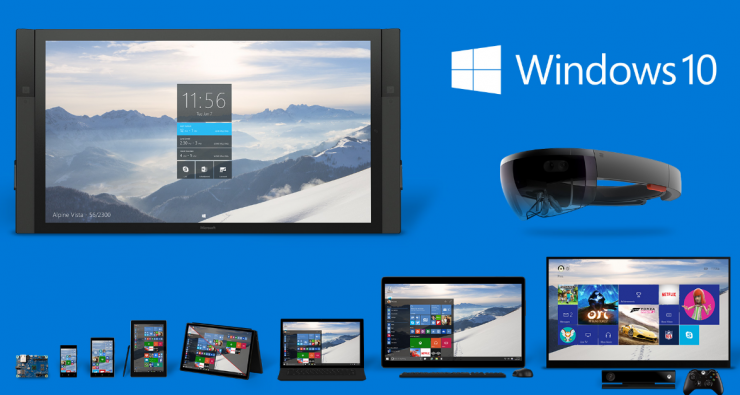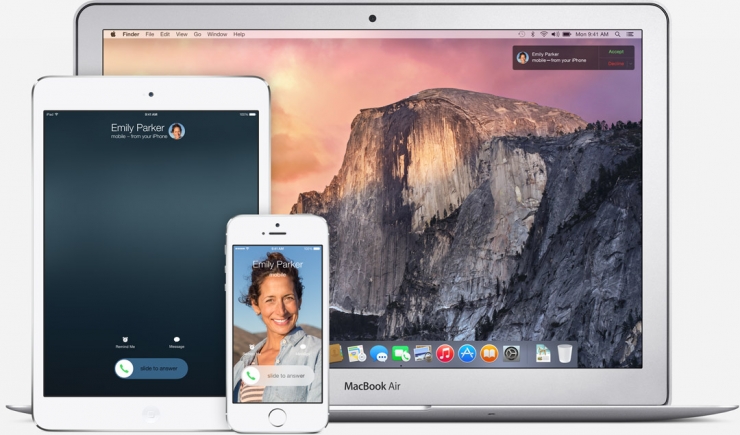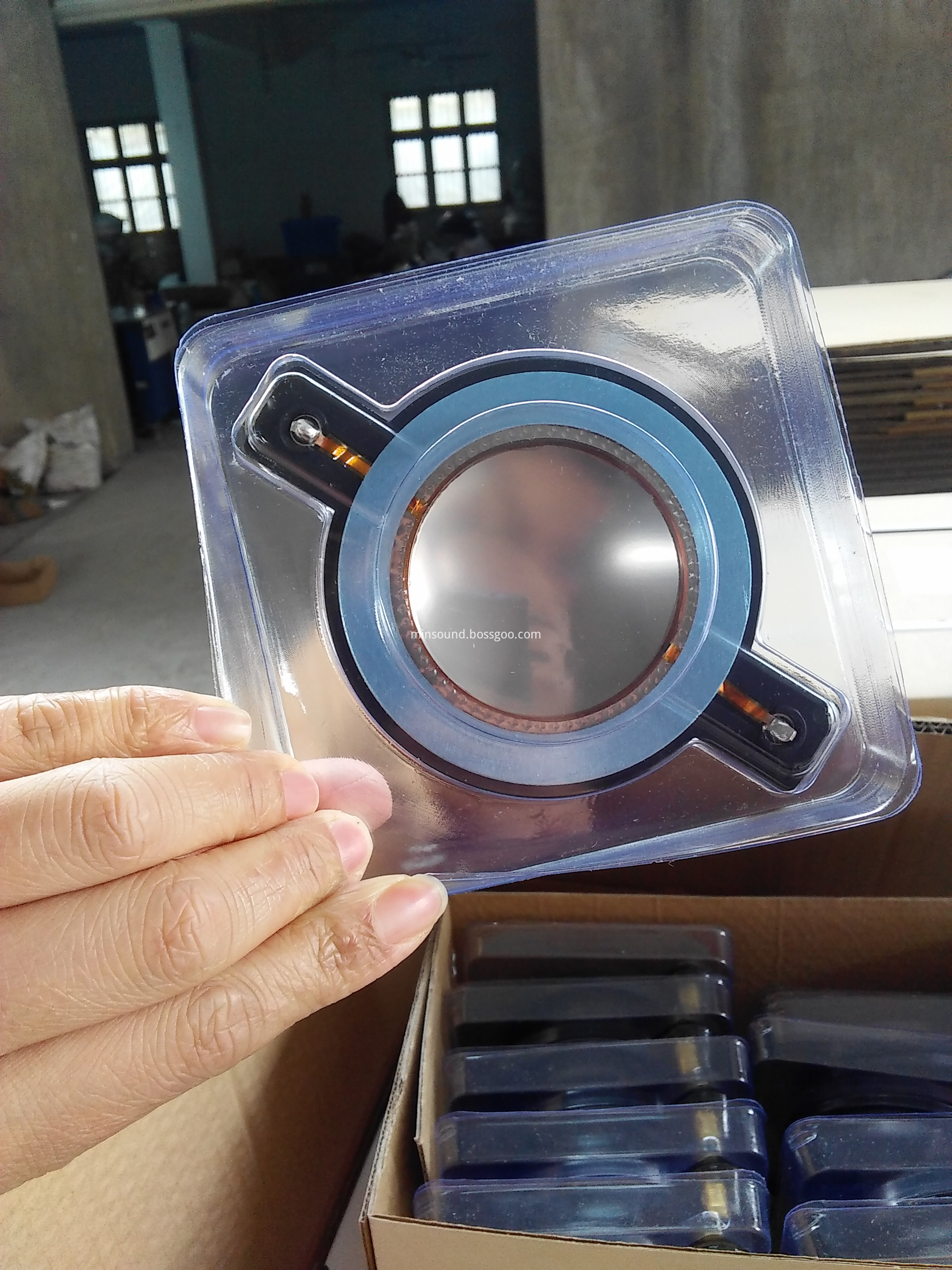
Recently, media reports said that Google is developing a cross-platform operating system called "Fuchsia". According to reports, Fuchsia will not only support 32-bit/64-bit ARM-based CPUs, but also run on 64-bit PCs. When the news came out, it was generally analyzed in the industry that the Fuchsia system showed Google’s ambition to open up PCs and mobile platforms. However, at present, the system is still in the early stage of research and development. It is still unknown how to develop in the future.
However, when it comes to the integration of PCs and mobile platforms, it can't help but think of Microsoft's Win 10 and Microsoft’s top competitor in the operating system business—in fact, these two giants are doing platform integration. However, the specific implementation of ideas is very different. If we use the idiom "consistent and different" to summarize, Microsoft's strategy is "to and should also be the same," and Apple can be described as "to be and but can be different."
Microsoft: To and , also want to
As the industry's first operating system vendor trying to open up the mobile platform and the PC, Microsoft started to work hard on Win 8 in 2012 until the current full-platform solution Win 10, but the effect is not ideal.
Windows Phone: According to the latest data from market researcher Gartner, the current Windows Phone global market share has been less than 1%, only 0.7%, compared with 2.5% in the same period last year. As for sales, according to Microsoft's first quarter 2016 report, Lumia handsets sold only 2.3 million units, a 73% drop compared to the same period last year. At the same time, the revenue of Microsoft's mobile phone business has also declined for two consecutive quarters.
In the PC market: As of the end of July, the latest Win 10 free upgrade strategy has ended. Microsoft has received a total of 350 million active users of Win 10 in the world, which is far below the expectation of Microsoft's 1 billion units. Microsoft official subsequently stated: "The goal of achieving one billion devices will take longer, and it will not be reached until fiscal year 2018."
For the reason, we believe that Microsoft has not succeeded in balancing mobile platforms and PCs at the following two key points:
First of all, in terms of user experience, the application tile styles that Microsoft introduced from Win 8 and the operational logic compromises for mobile users have failed to gain PC users' understanding and support.
Many PC users said that on the tablet or mobile phone, the tile is indeed a good innovation, both beautiful and convenient. But on a PC, using a mouse to move back and forth at a tile spacing of at least 40 pixels is a nightmare-like experience, and it wastes the display space, all because the mouse pointer is much smaller than a finger . However, it is even more unfortunate that Microsoft’s “partial favor†on the mobile side has not been widely recognized among mobile market users, and most of the market share is still stolen by Android and iOS. Basically, this is due to the software ecology.
In terms of software ecology, the application of Microsoft Windows Phone platform can not compare with Android and iOS in quantity and quality.
As of the second half of 2015, Microsoft had more than 600,000 applications in the Windows Store, while Google and the Apple App Store had more than 1.5 million applications in the same period. In terms of application quality and update rate, Windows cannot compare with the powerful iOS ecosystem. The latest feature of the same app is usually the last one to join the Windows platform, and the phenomenon that the App is not updated for half a year is common in the Windows platform. In order to improve this point, the original intention of the UWP application introduced in Win 10 by Microsoft is very good. An application can be developed on Win 10 platforms at the same time. However, there is still a long period of time in terms of the number, development speed, and user popularity. Way to go.
In contrast, Apple is clearly more robust on the road to dual-platform integration.
Apple: To and , but can be different
Confronted with rumors and speculation that iOS and OS X (now macOS) are becoming similar and even converge, Cook made it clear at the 2015 Boxworks conference:
"We can't believe that an operating system can drive both PC and mobile at the same time. They need different systems to do different things. We never thought of combining the two."
But in fact, iOS and macOS are indeed more and more similar, and they can also be connected more and more conveniently.
In addition to interface design and style, OS X is getting closer to iOS. Starting with Mountain Lion, OS X connects Mac and iOS devices in iCloud, Messaging, and FaceTime applications. For example, allow Mac users to send iMessages to iPhones and iPads, allowing users to edit unfinished iWork documents on the Mac through iCloud, and so on.
In the subsequent OS X Yosemite update and the upcoming release of macOS Sierra, Apple further deepened this convergence. For example, when the iPhone phone rings, a window pops up on the user's Mac screen; a Mac with OS X Yosemite can automatically recognize nearby iPhone hotspots and connect; AirDrop is finally common between OS X and iOS; copy on the iPhone The content can be pasted on a Mac, and Siri, the exclusive iOS platform, has finally settled on the Mac.
But no matter how converged, macOS is still macOS, iOS is still iOS, they are two independent individuals.
It can be seen that Apple does not want to cut off the mobile platform and the PC side. Instead, it adopts a completely different concept from Microsoft to achieve convergence: let the two systems integrate organically and make the user's experience smoother and more convenient. Not a merger. From the results, Apple's strategy is clearly correct: More and more users are buying Macs because of iOS, and few people are willing to leave once they use Mac and iOS.
From the signs of Apple, Microsoft, and Google's development of the Fuchsia system, we vaguely can see that in the future, mobile systems and PCs may experience system integration. However, judging from the different results of the two different strategies mentioned above by Apple and Microsoft, it is clear that it is not the time when the two are completely unified. What users need is a smooth user experience like Apple, not the formal consistency of Microsoft.
We provide many kinds of Titanium Diaphragm to meet the different needs of different customers, they are widely used in Hi-Fi speakers,professional audio,horn speakers,car speakers and other high-end products.
We are experienced in manufacturing and have strong capability.
Our products are popular in many countries and areas.
We have professional acoustical testing systems and instruments.
We promise to offer you highest quality and best service!
Titanium Diaphragms,Titanium Replacement Diaphragm,Replacement Diaphragms,Tweeter Voice Coils, tweeter diaphragms
Taixing Minsheng Electronic Co.,Ltd. , https://www.ms-speakers.com